Dear friends,
In today’s scenario of threatening climate change, Industry has responsibility of being carbon-neutral. Any Industry going Carbon Neutral implies that it offsets carbon as much as it produces through its operations directly or indirectly. “For every car produced which would run on petrol, your company should produce another car which would run on ethanol (bio-fuel)” said Dr. A.P.J. Abdul Kalam while visiting a Car manufacturing company abroad. That signifies the concept of a carbon neutral industry in broad terms.
CARBON EMISSION IN INDUSTRY
Any industry is responsible for carbon emission directly or indirectly. Its scope can be categorized by “GHG protocol Corporate Standard” developed by World Resources Institute (WRI) and World Business Council on Sustainable Development (WBCSD) as under:
Scope-1: Direct Carbon Emissions from owned boilers, Diesel generators etc.
Scope-2: Purchased Electricity- Indirect Carbon Emissions at the Generating sources
Scope-3: Other Indirect Carbon Emissions from Waste generated, Business Travel etc.
SITUATION ANALYSIS AND SETTING AGENDA
Any Industry willing to become carbon neutral will have to first assess its Carbon Footprint and then set its agenda for action. A study was conducted by GLIM, Gurugram at Tata Communications in Maharashtra region.
Carbon Foot Print (CFP) of Tata Communications
Scope-1 CFP: Fuel (Diesel) used in backup power
Scope-2 CFP: Electric power usage
[In TATA Communications- Maharashtra, approximately 90% of the Carbon Emission is due to the above.]
Scope-3 CFP : Activities generating carbon indirectly: Waste generated, Business Travel and Employees commuting.
Agenda of Tata Communications towards Carbon Neutrality
Scope-1 Agenda: Back-up Fuel “High Speed Diesel (HSD)” to be replaced by “Bio-Diesel”
Scope-2 Agenda:
Carbon reduction through:
- Energy efficiency {Efficient usage of power in data centers}
- Innovative techniques to restrict carbon emission
- Geothermal Pumping for Cooling (saving electric power)
- Solar LED standalone street lighting system
Carbon off-set by sourcing Carbon-Free Green Power:
- Solar
- Wind
- Regular & Seasonal Hydro
Scope-3 Agenda:
- Treating Waste generated
- Tele-presence Services to reduce “Business Travel”
- Replacing conventional vehicles by ‘Solar charged battery operated vehicles’ in the Campus to reduce carbon footprint of “Employees commuting”
- Afforestation to nullify remains of the above three indirect sources of carbon emission
- Promoting Environmental Consciousness
STRATEGIES AND IMPACTS
Scope-1 Strategies & Impacts
Back-up Fuel “High Speed Diesel (HSD)” to be replaced by “Bio-Diesel”
Replacement of High Speed Diesel (HSD) used in power backup generating units by BIO-DIESEL could be very effective in reducing emissions by 90%. Bio-diesel is seamlessly interchangeable with petroleum diesel. It has better lubrication and increased productivity of electricity generators. Bio-diesel needs no change in infrastructure and no engine modifications.
Scope-2 Strategies & Impacts
Electricity is consumed at five different locations of TCL within Maharashtra. At the end of FY 2014-15, the load at TCL Maharashtra was approximately 23.5 MW causing emission of 113096.7 Tonnes of CO2. Company proposes to expand its business by the end of 2020, for which it has estimated a capacity addition at some of the sites in Maharashtra resulting in 48 MW of net total load in Maharashtra.
CARBON REDUCTION STRATEGIES
Energy efficiency {efficient usage of power in data centers}
Benchmarking of Energy Efficiency of Data Centers is usually done by Power Usage Effectiveness (PUE) which is defined as the ratio of Total Facility Energy to Energy used in IT Equipment. At present TCL compares with reputed companies in the world as follows:
PUE in Different Reputed Companies
| Company |
PUE |
| GOOGLE |
1.09 |
| FACEBOOK |
1.2 |
| TCL |
1.9 |
The above shows that there is a scope of improving energy efficiency at TCL. One of the simplest ways to save energy in a data centre is to raise the temperature. It is a myth that data centres need to be kept absolutely chilly. According to most IT equipment manufacturers’ specifications, data centre operators can safely raise their cold aisle to 80°F or higher. By doing so, we significantly reduce facility energy use. At present TCL Data Centres are operated at a temperature of 73.4 0 F which is 6.6 0 F chiller than what Google is operating at present.
The electricity that powers a data centre ultimately turns into heat. Most data centres use chillers or air conditioning units to cool down the equipment, requiring extra energy usage. At Google data centres, they often use water as an energy-efficient way to cool instead. At TCL also we have Chiller and Crack units installed besides air conditioning, which help in cooling whereas at Google they are using natural water based cooling mechanism.
For using natural water based cooling, quality of water needs to be ensured and it may have a cost component associated with purifying it. A feasibility test on the availability of purified water has to be done, which if turns out to be positive for implementation, huge amount of electricity consumption can be reduced.
Innovative Techniques to restrict Carbon Emission: Geothermal Pumping for Cooling (saving electric power)
70% of the total energy used in TCL Maharashtra is used in HVAC load, which basically includes Chillers & Cracks.
In order to drastically reduce the HVAC load of Chillers and Cracks or to eliminate them completely, geothermal pumping can be resorted to. Geothermal technology uses earth to dissipate heat as sink and uses reverse geothermal pumping for cooling purpose. It relies on the fact that the Earth (beneath the surface) remains at a relatively constant temperature throughout the year, very much like a cave. Heat pumps can be deployed using a vapour compression cycle to transport heat from IT Equipment to the earth which becomes a heat sink and in the process cooling the machines. Energy saved in Chillers and Cracks can be enormous contributing to carbon savings.
Solar LED standalone street lighting system
Streetlights, which are being used at TCL Pune facility presently, are having the rating of 250 watts with at least 200 fixtures. Taking round-the-year operation @ 10 hrs. /day, energy implied would be 250 x 200 x 3650/1000 = 182500 kWh. By installing standalone LED solar enabled street lighting system, around 182500 x 0.98 = 178850 Kg= 178.85 Tonnes of CO2 can be offset annually.
CARBON OFF-SET STRATEGIES
Sourcing Carbon-free Green Power:
- Solar
- Wind
- Regular & Seasonal Hydro
Solar Power
At TCL there is 3 MW of installed solar capacity in Pune which is supposed to provide about 12 % of power used in TCL, Maharashtra. Out of total energy of 129578438 kWh consumed during 2014-15, 14173643 kWh (10.94%) of green power from solar was used in TCL. By adding some more capacity (going up to 5 MW), it is expected to supply about 20% of power from green sources in near future, saving to that extent the emission of CO2 .
Wind Power
Out of the 5 office locations 4 are situated at the seashore where company is planning to install micro windmills for harnessing energy from wind source. They are looking at purchasing the turbines and installing them on the rooftops of the office locations. Power generated from these windmills can be used for general small lighting purpose. On an average these windmills cost Rs. 1-2 Lakh per turbine.
Regular & Seasonal Hydro
At Tata Communications, a paradigm shift in carbon neutrality can be seen by tying up with (carbon free) Hydropower. While seriously attempting to tie up with “Tata Hydro” for entire power requirement, surplus hydro power in Maharashtra Grid during rainy season could be tied up at the first place.
Scope-3 Strategies & Impacts
Following activities were identified under Scope-3 on which the Company did not have much control. However, Company’s limited intervention is possible.
Treating Waste Generated
In Tata Communications, the waste coming out of operations is primarily the waste from Diesel Generating sets during maintenance sent out to third party vendor for disposal. The data is maintained during refills and maintenance cycles for waste lubricating oil. Within the premises of Tata Communications, Pune the company has installed a waste handling unit, which essentially accepts biodegradable waste including kitchen wastes as input and processes it to provide output as manure, which is used for the plantation within the company. The net GHG emission is reduced because the energy intensive fertilizer production and associated GHGs are reduced to that extent.
Tele-presence services to reduce Business Travel
Tele-presence service can optimize travel. Tata’s Tele-presence service encompasses both public room services and private tele-presence managed services. Businesses aiming at reducing their travel costs and minimizing their carbon footprint want to consider adopting tele-presence meeting options such as videoconferencing. Frequent flyers contribute disproportionately to greenhouse gas emissions besides losing working time.
Replacing conventional vehicles by ‘Solar charged battery operated vehicles’ to reduce carbon footprint of ‘Employees Commuting’
On an average around 750 vehicles are daily running within the campus for a distance of around 2 km each. So 1500 km of run of four wheelers at an average of 15 km/litre consumes 100 litres of fuel for commuting. TCL is planning to start battery operated vehicles within the premises and designing a master solar park at the main gate (proposed) which is at ideal location of sun face for solar power. Power generated from this park could be used to charge the batteries of a single vehicle with the sitting capacity of 25 to 30 people and total Run per day 80 to 100 KM.
Afforestation to sink Carbon
Remains of the three identified scope-3 activities can be addressed by creating some forest carbon sinks. On an average 12 trees are needed to sink 1 tonne of CO2 after 5 years. According to these statistics if we are planting 10,000 trees in 2015 in TCL’s campus then 833 tonnes of CO2 emission can be offset by 2020. Plantation pattern has to be identified, which contributes to offset carbon emission and also adds to the aesthetics of the office premises as per choice of the employees. This approach will help in building green healthy environment around the work place. The office location of TCL Pune is spread over 1100 acres of land, so plantation on this land can be used to create carbon sinks. As per the Government policy a Corporate has to invest 2% of its total annual Profit in CSR activity. Linking this expense with afforestation, plantation can be done in the premises with the help of any NGO.
Promoting Environmental Consciousness
Promoting cycling within the Campus to ‘burn calories not carbon’ will also help in involving each and every employee of TCL in generating awareness towards reducing carbon emission.
CONCLUDING REMARKS
All the above measures of carbon reduction and offsetting would show results in their own magnitude. Besides, it would generate tremendous awareness about carbon neutrality across the organization. Brand value of the Organization with pursuance of carbon neutrality as a corporate goal is going to increase in the emerging environment conscious scenario. For many firms, the allure of bolstering their corporate or product brand reputation is a key consideration in seeking to go carbon neutral. What is crucial is that the approach adopted by TCL is robust, transparent and based on available standards and protocols. “Achieving Carbon Neutrality by 2020 in TATA Communications Ltd.-Maharashtra” has a great significance. What is crucial is that it is not to be pursued as a stand-alone exercise, but as part of a broader sustainability strategy that encompasses the whole business.
At Tata Communications, the target of achieving carbon neutrality by 2020 seems possible if most of their input power can be tied up with (carbon free) conventional Hydro. The Group Company has an installed hydro capacity of 576 MW in Maharashtra itself. While the other measures dealt with in this letter may make their own contribution towards Carbon Neutrality, the objective could be fully achieved by dedicating majority of 24 MW now progressing to 48 MW of “Tata Hydro” to Tata Communications in Maharashtra by 2020.
Let us hope, Industry as such takes a step forward towards carbon neutrality.
Best wishes and Regards,
Dr. B.S.K.Naidu
BE(Hons), M.Tech., Ph.D., CBI-Scholar, D.Engg. (Calif.), FNAE, Hon.D.WRE (USA)
Chairman Emeritus, Great Lakes, Gurgaon, NCR, New Delhi, INDIA
Former Director General (NPTI & CPRI) Govt. of India
No job is small or big, the way in which you do, makes it small or big (c)
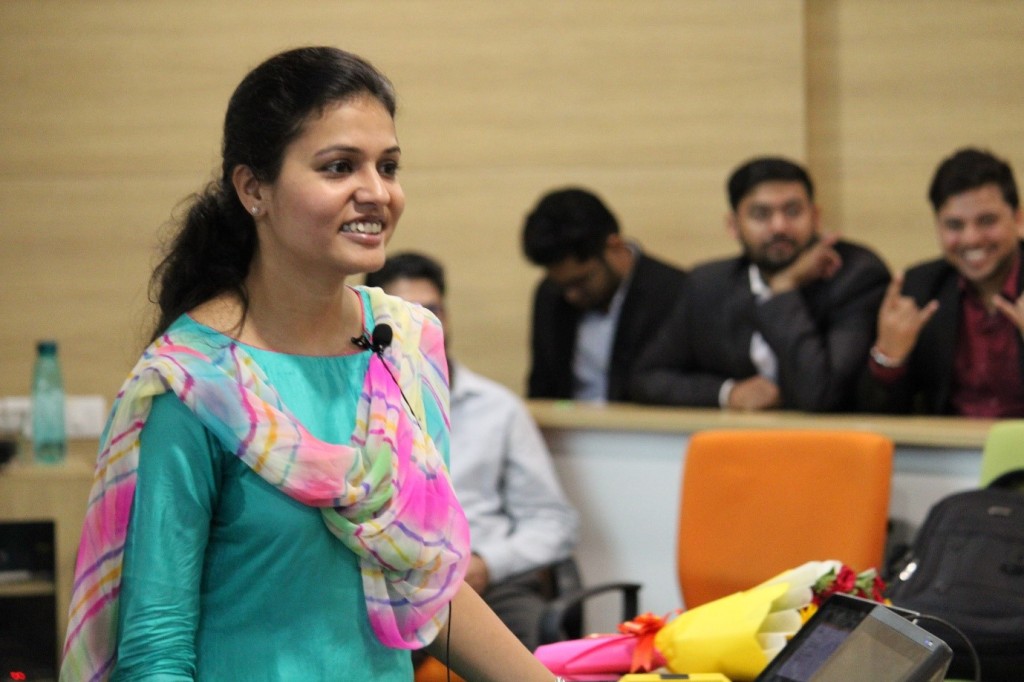
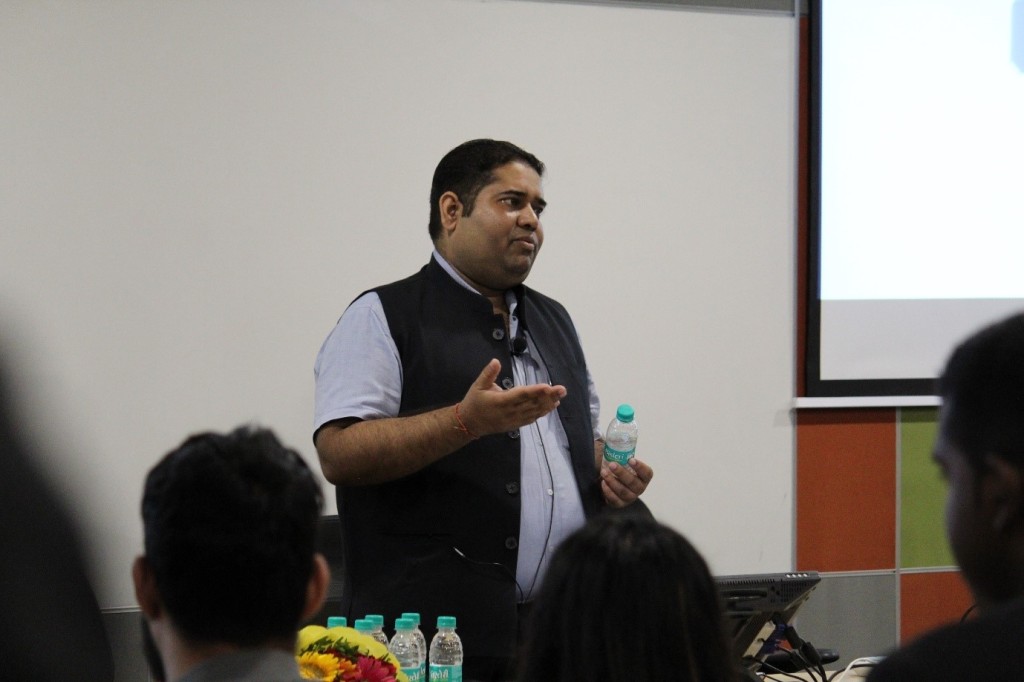

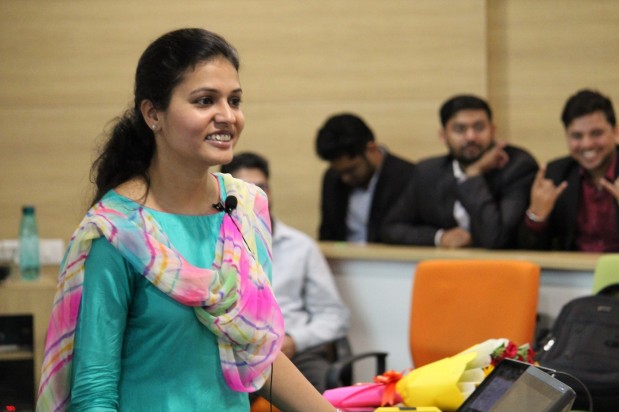
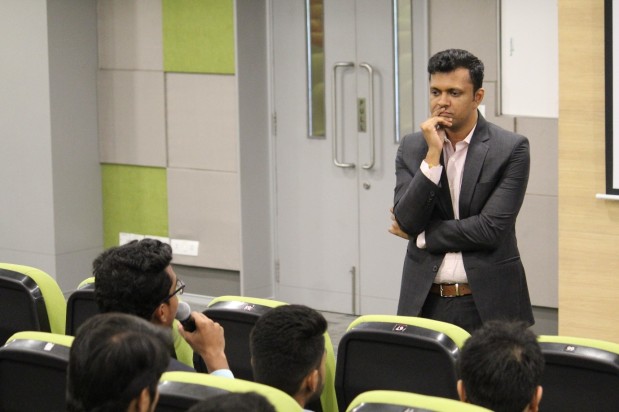
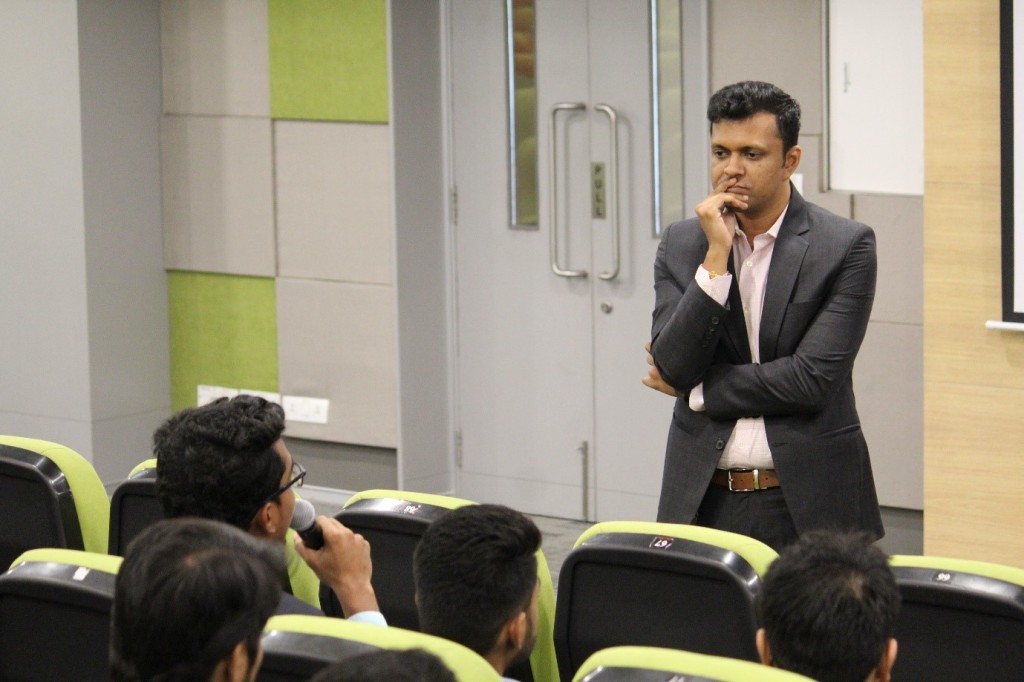
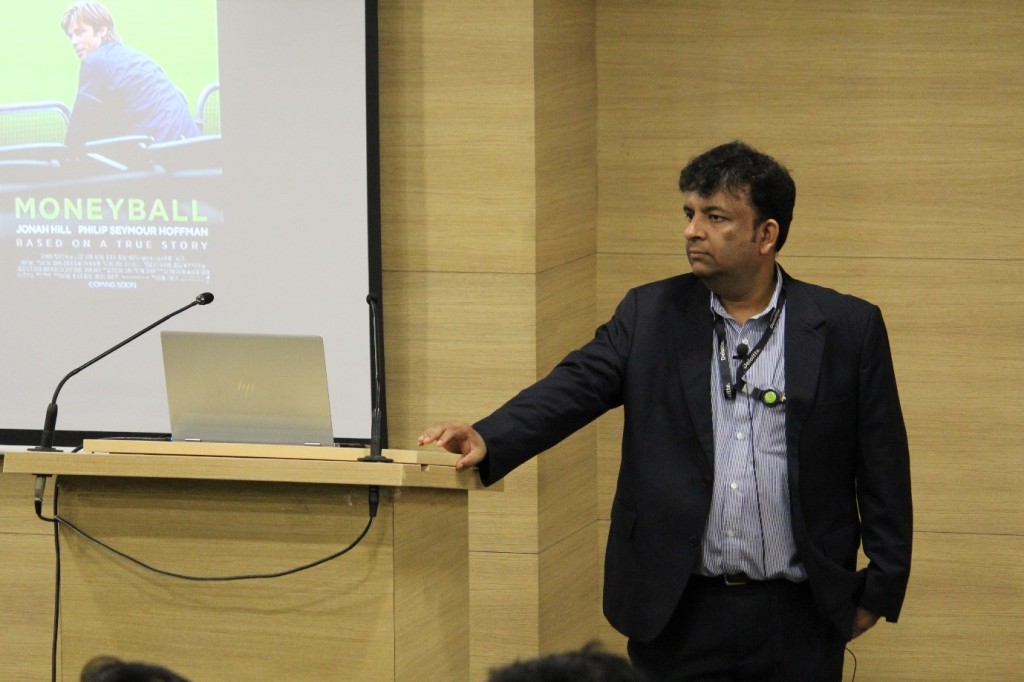
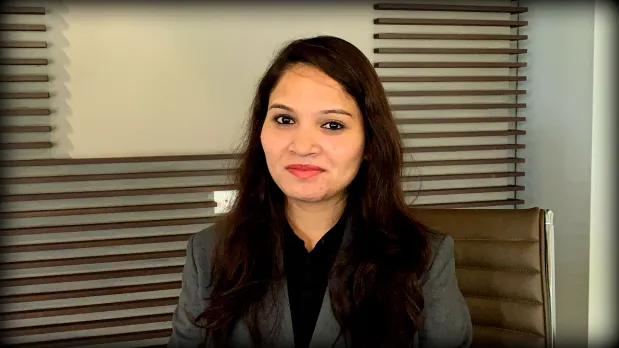
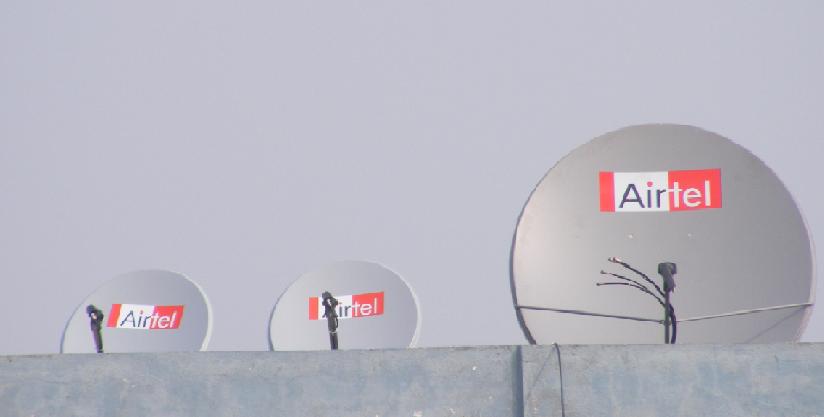
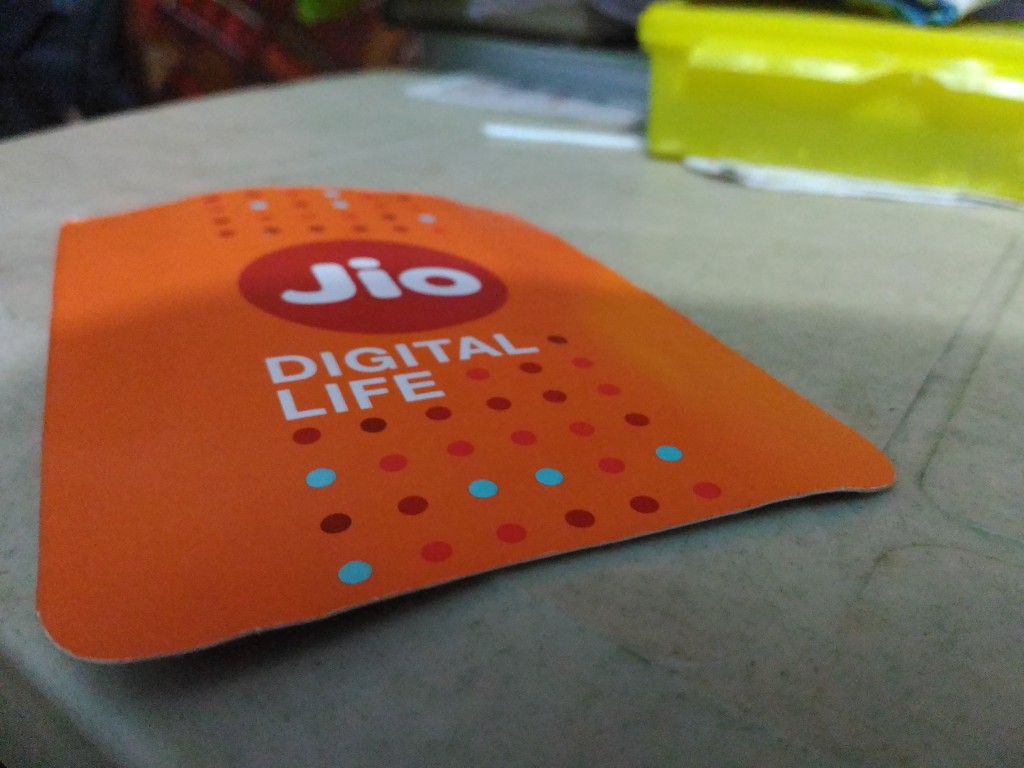


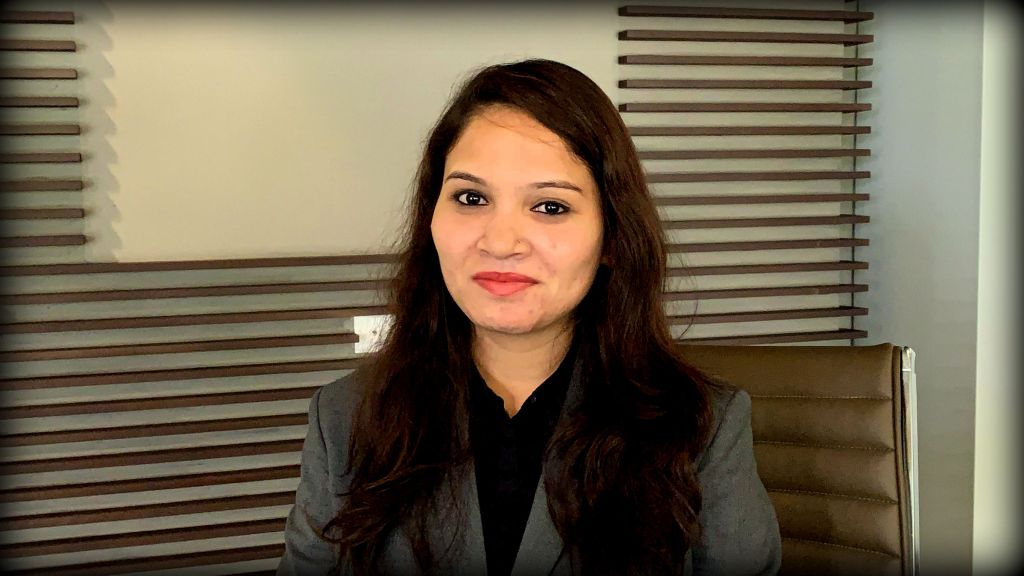




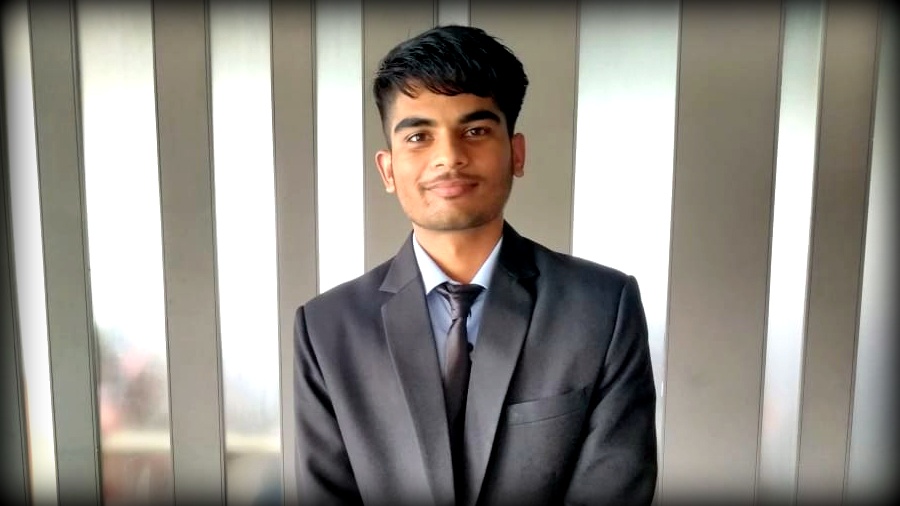
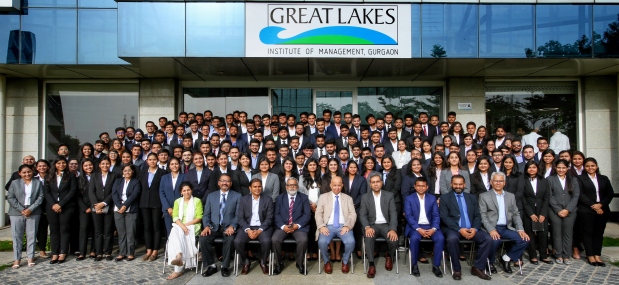
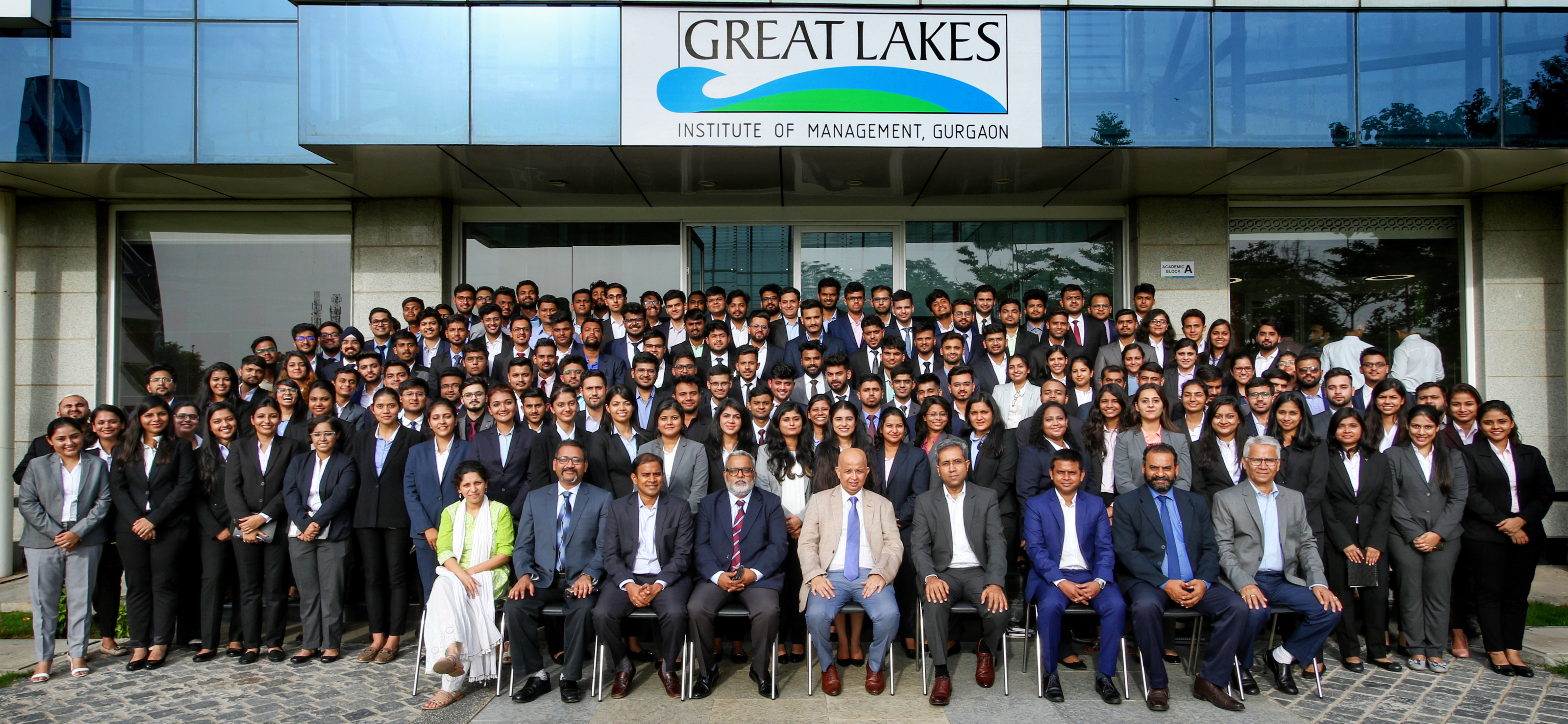


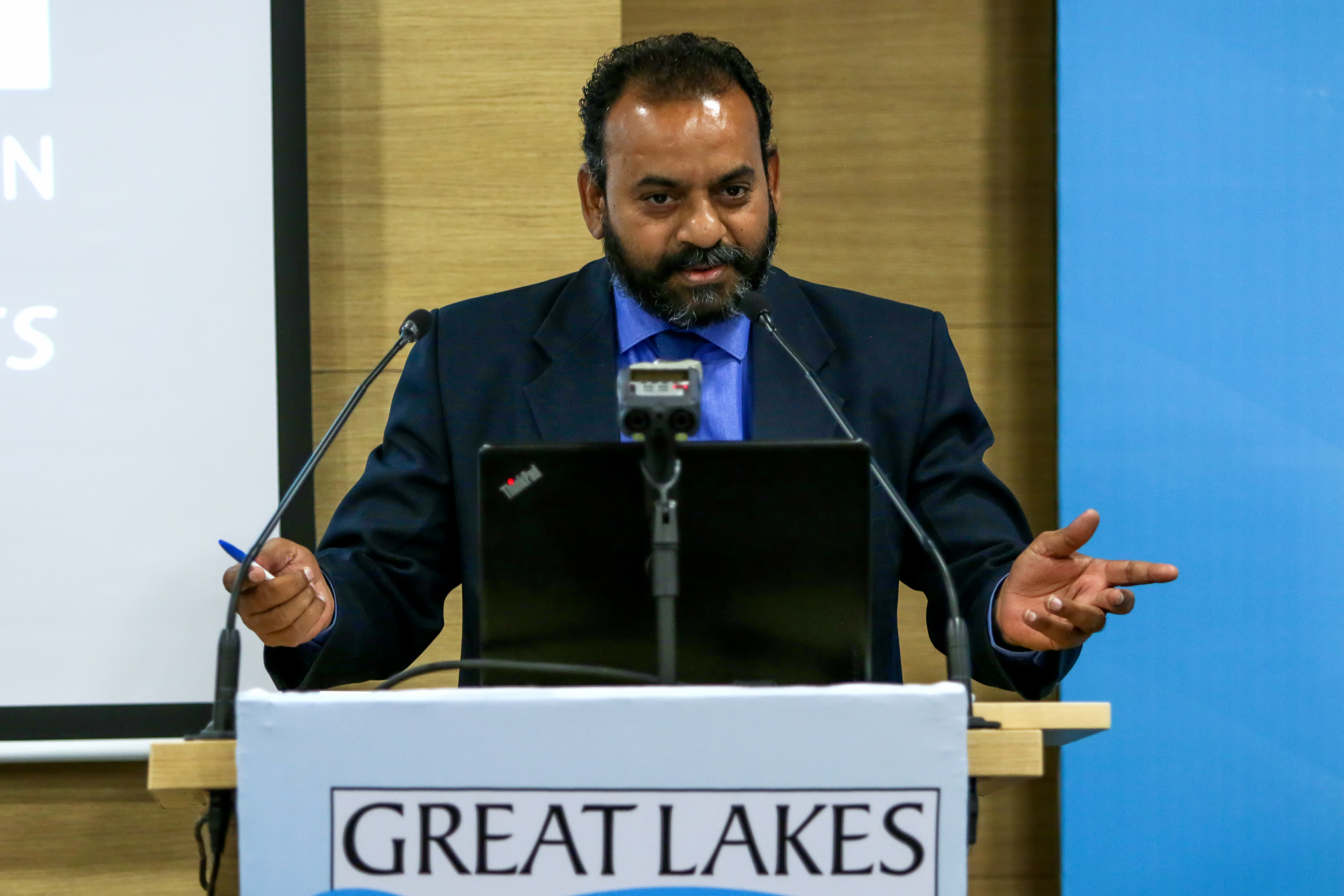
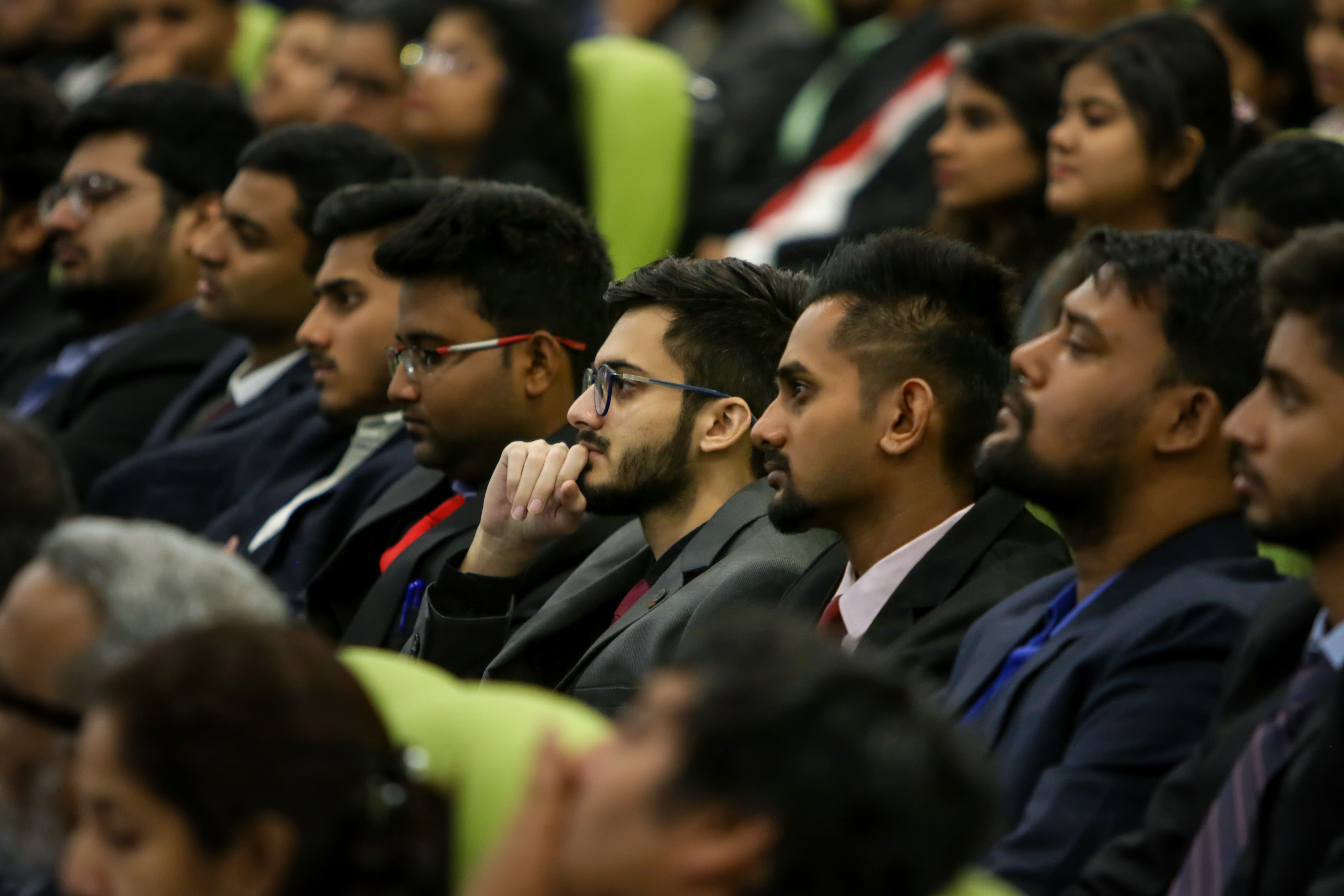






 Mr Avik Chattopadhyay: He is the founder of a brand consultancy firm, Expereal India. The firm deals with building strategy for several brands. He possesses extensive experience of more than a decade in Branding for the automobile industry and has previously worked with giants like Volkswagen, Maruti Suzuki, Apollo Tyres, Peugeot, to name a few, in leadership roles.
Mr Avik Chattopadhyay: He is the founder of a brand consultancy firm, Expereal India. The firm deals with building strategy for several brands. He possesses extensive experience of more than a decade in Branding for the automobile industry and has previously worked with giants like Volkswagen, Maruti Suzuki, Apollo Tyres, Peugeot, to name a few, in leadership roles.



